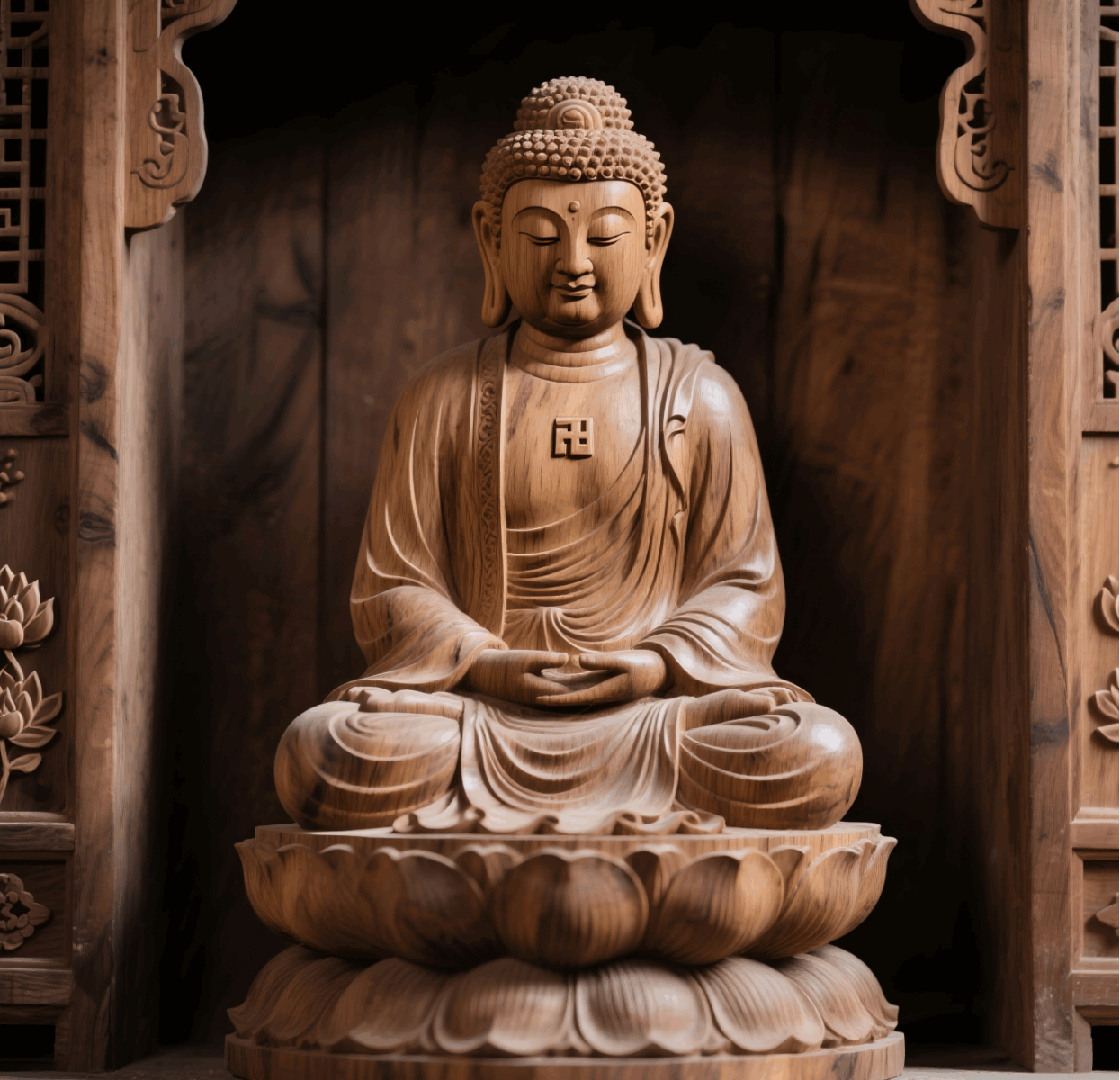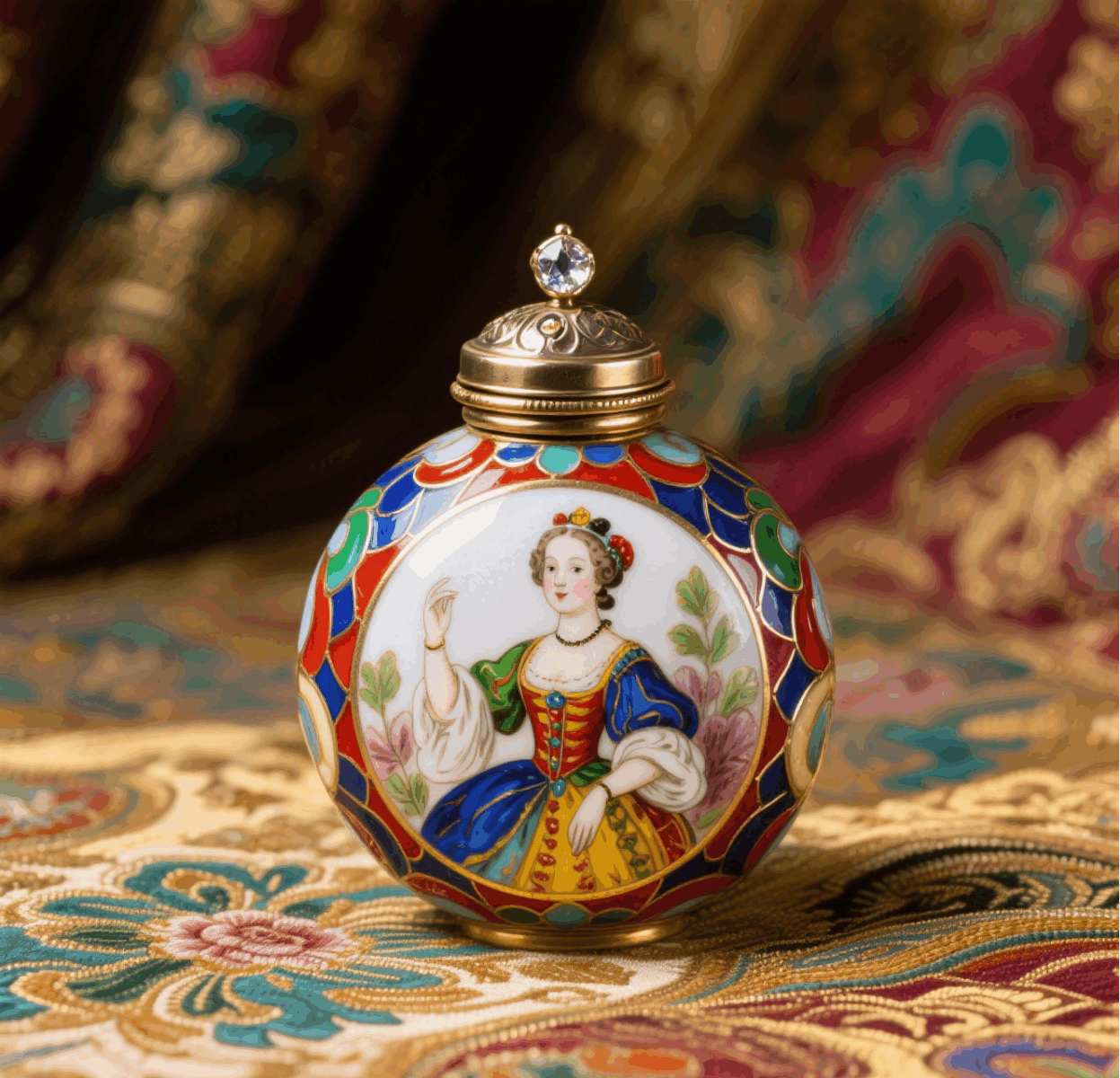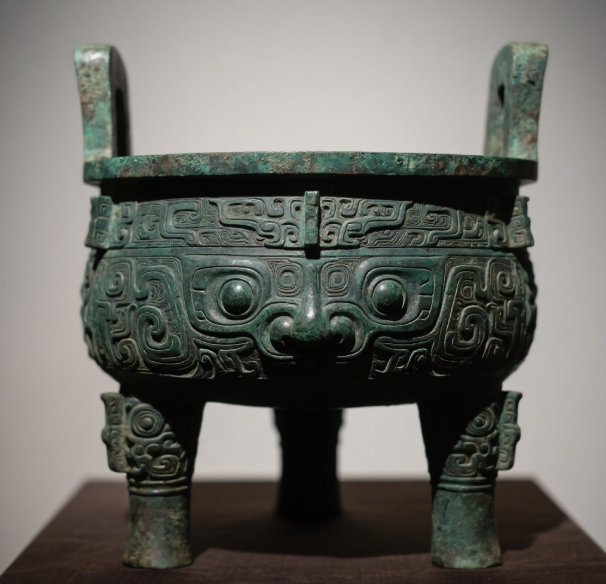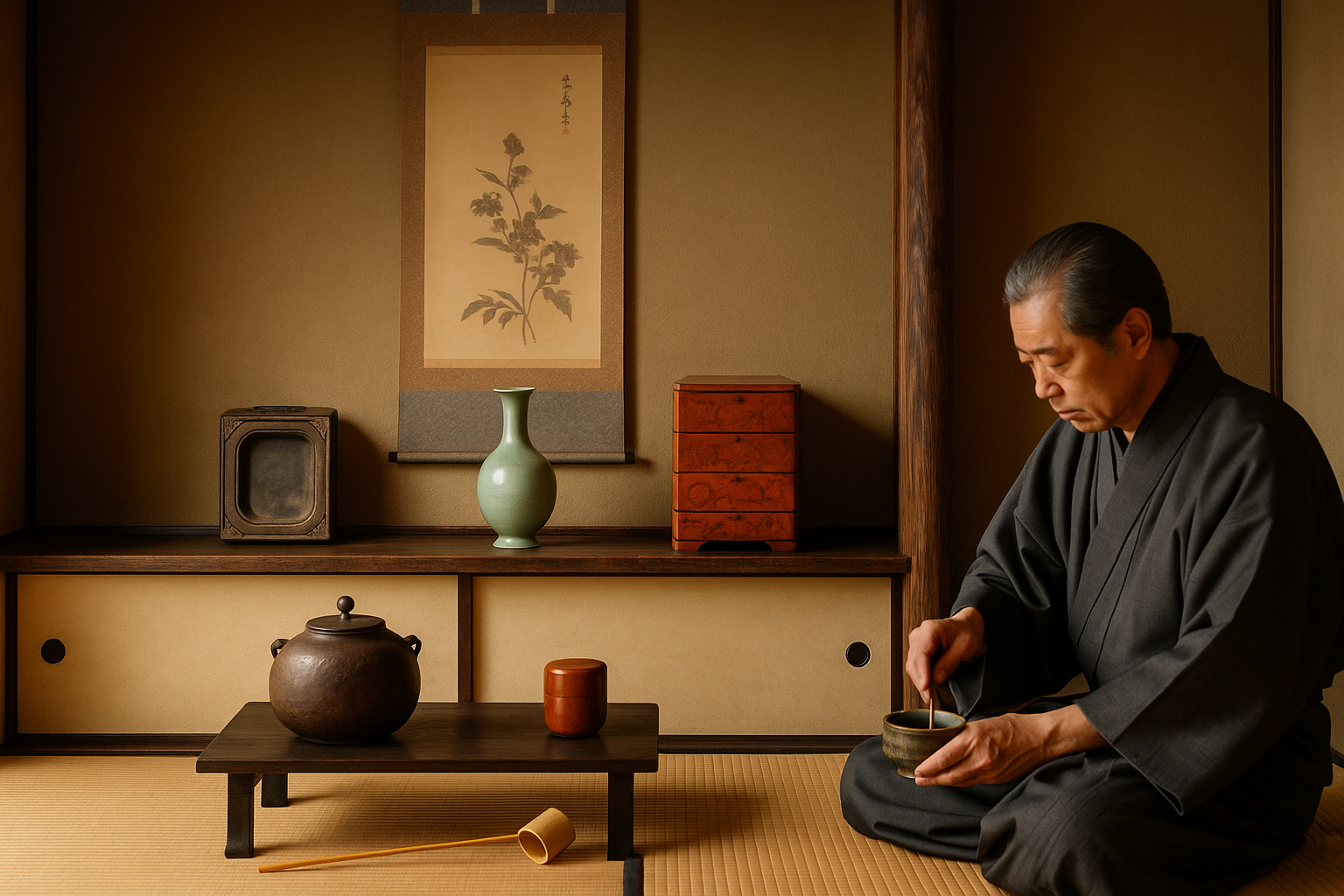In the long river of human civilization, artifacts are undoubtedly the poems left by creators…
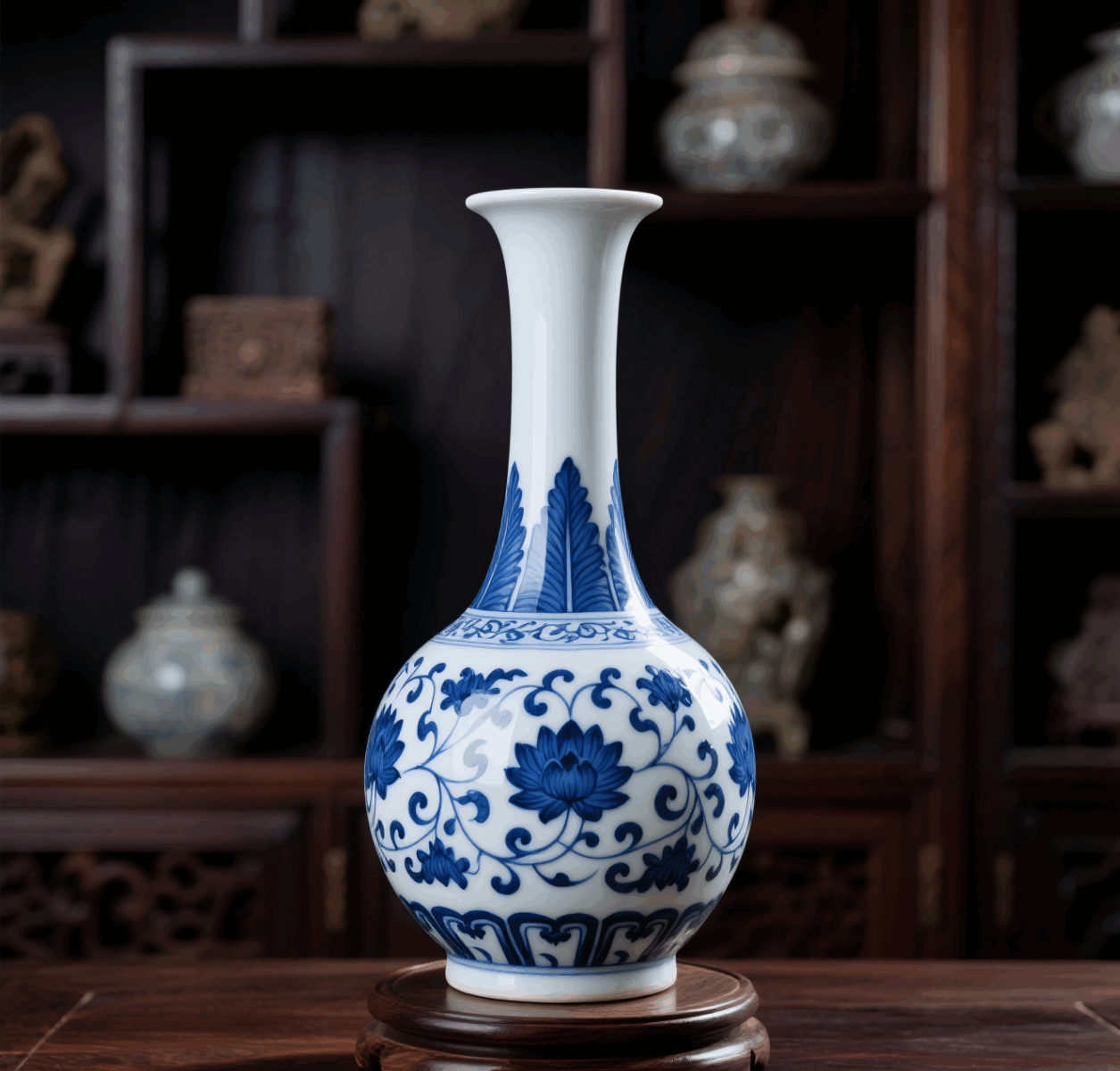
Exploring the Charm of Antique Culture

Throughout human history, antiques, like dazzling pearls, exude a unique allure. They are not merely material relics but also cultural carriers, carrying the memories, skills, and spirit of bygone eras. Antique culture, a vital component of human civilization, captivates countless people with its profound connotations and diverse forms.
The Connotation and Value of Antique Culture
Antiques generally refer to ancient artifacts of historical, artistic, and scientific value. Each antique is like a silent storyteller, revealing the social landscape, economic conditions, aesthetic values, and technological advancements of a specific historical period through its materials, craftsmanship, form, and ornamentation. An exquisite blue-and-white porcelain vase, with its delicate body, vibrant colors, and graceful patterns, not only demonstrates the superb porcelain-making techniques of ancient China but also reflects the artistic style and cultural aesthetics of the time. From a historical perspective, antiques provide direct evidence for studying the past, helping us to restore the true face of history. From an artistic perspective, they embody the wisdom and creativity of artists throughout the ages, providing a constant source of inspiration for modern art. From a scientific perspective, the ancient scientific and technological knowledge contained in antiques is of great significance to the study of scientific history and the advancement of modern technology.
The Historical Evolution of Antique Culture
The development of antique culture is closely linked to the progress of human civilization. As early as ancient times, people collected and cherished objects of special significance, although the concept of “antique” may not have existed at that time. With the passage of time and the development of society, collecting antiques gradually became a trend. In ancient China, the literati and scholars were particularly enthusiastic about collecting and appreciating antiques, viewing them as symbols of refined taste and cultural sophistication. From the collection of bronzes in the pre-Qin period, to the pursuit of calligraphy, painting, and porcelain in the Tang and Song dynasties, to the flourishing of antique collecting in the Ming and Qing dynasties, each era has its own unique collecting preferences and cultural characteristics. Antique culture also has a long history in the West, with artworks and artifacts from ancient Greece and Rome consistently popular collectors. The exchange and integration of antique cultures from different regions and eras have jointly promoted the enrichment and development of this culture.
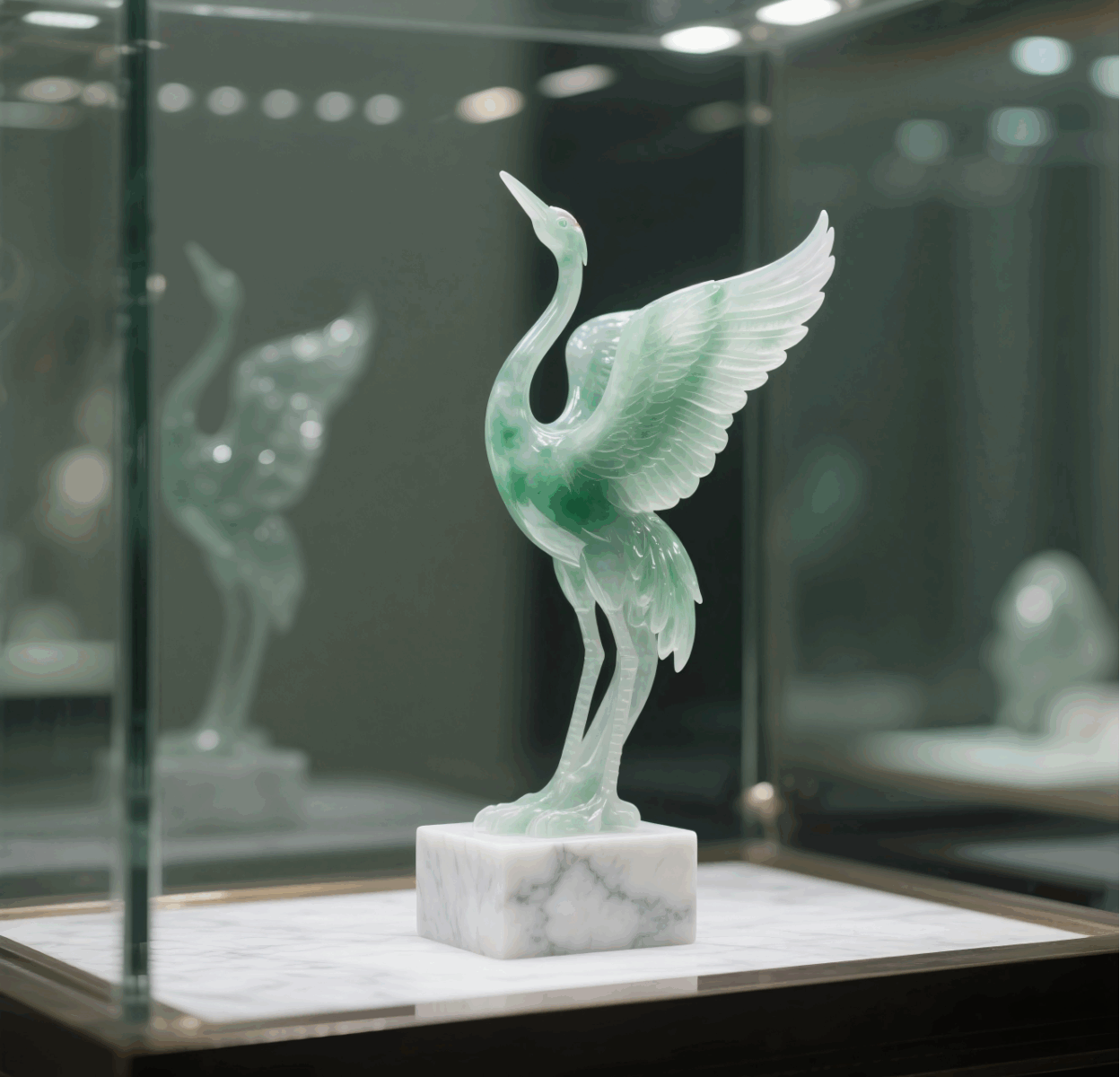
Appreciation and Collection of Antiques
Appreciating antiques is a profound discipline that requires a wide range of knowledge and experience. First, one must understand the materials used to make antiques. Different materials have unique textures and characteristics. By observing and touching the texture and color of the materials, one can initially determine the authenticity and age of the antiques. For calligraphy and painting, one should study the brushwork style, composition, layout, seals and inscriptions, as each artist has a unique artistic style. These details often reveal the authenticity of the work and the artist. When appreciating porcelain, one should pay attention to the body, glaze color, shape, decoration, and firing process. Collecting antiques is not just about possessing objects, but also about preserving and inheriting culture. During the collecting process, one should maintain a rational attitude, focus on learning and research, and continuously improve one’s appreciation skills. At the same time, one should abide by laws and regulations to ensure that the antiques collected are from legal sources.
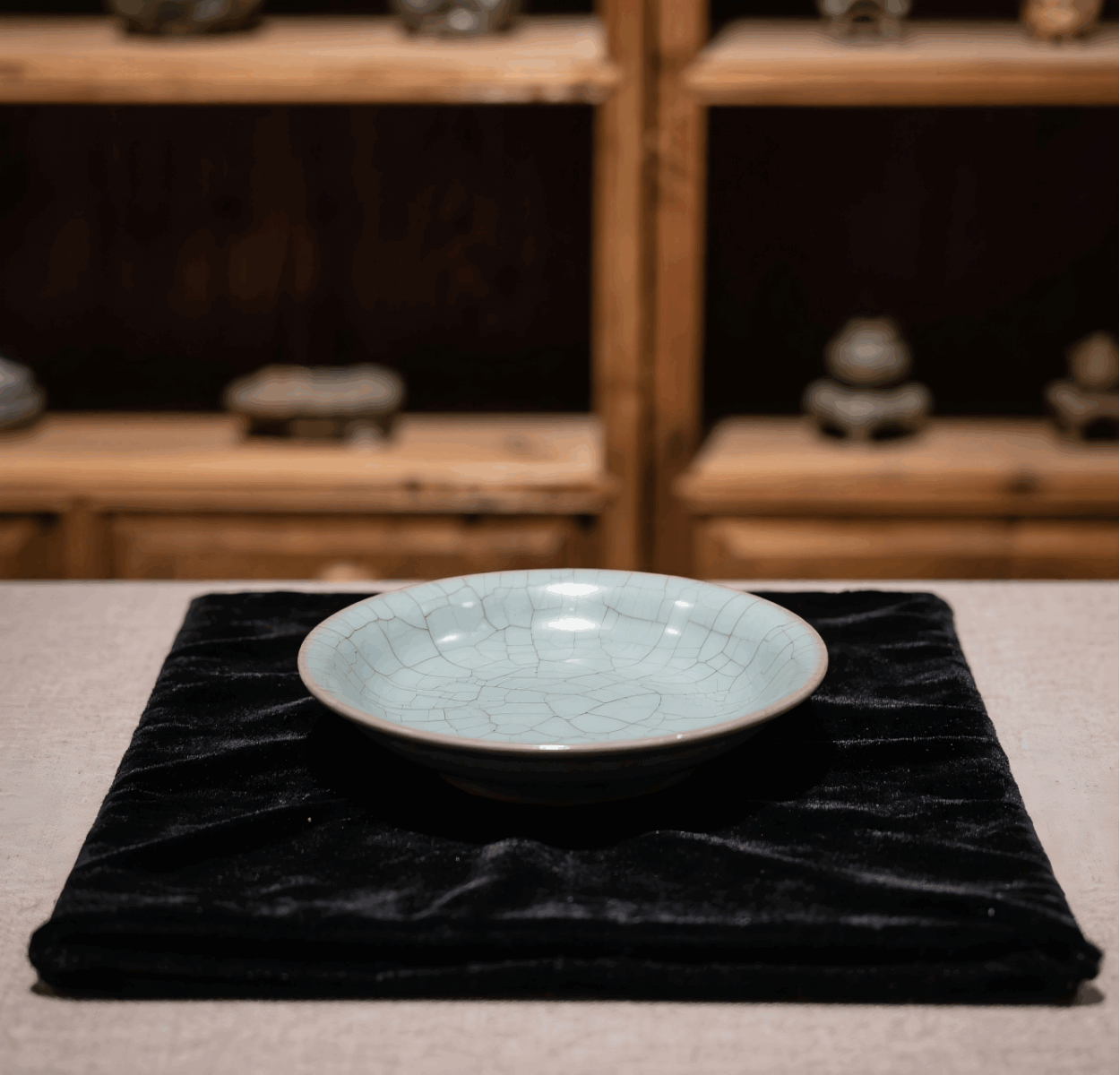
The Significance and Heritage of Antique Culture in Modern Society
In modern society, antique culture still holds irreplaceable significance. It not only enriches people’s spiritual life and satisfies people’s desire to explore history and culture, but also plays a positive role in promoting cultural exchanges and promoting the development of cultural industries. Many museums and art galleries spread historical and cultural knowledge to the public and enhance people’s cultural literacy by displaying precious antiques and cultural relics. Antique auctions, exhibitions and other activities have also attracted a large number of audiences and participants, driving the prosperity of related cultural industries. In order to better inherit antique culture, we need to strengthen education and popularization, cultivate more people’s interest and love for antique culture; use modern scientific and technological means, such as digital display and virtual reality, to let antique culture enter the public life in a more vivid and convenient way; at the same time, strengthen the protection and research of antiques and cultural relics to ensure that these precious cultural heritages can be passed down from generation to generation. Antique culture is like a huge treasure, waiting for us to continue to dig and explore. Let us enter the world of antique culture, feel its charm, inherit its essence, and let the ancient culture shine with new vitality and vitality in modern society.

